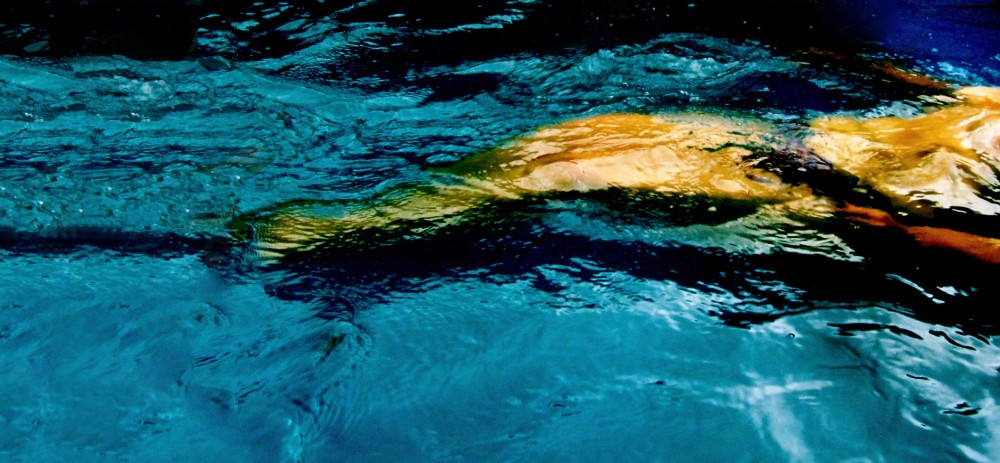“Who uses Esperanto?” I asked Chris over breakfast.
The previous night we had watched a new, and different type of film, called “Captain Fantastic” starring Viggo Mortensen, about a family going it alone in the wilds of “the North Pacific” and the underlying problems of “opting out”, especially with regard to the wishes and aspirations of the individual children; and had the mother’s disorder, leading to her premature demise, been exacerbated by their isolated natural lifestyle? Of course, the home educated children were geniuses and could even speak Esperanto, which is why Esperanto was on my mind.
Chris Googled “Esperanto” on his mobile phone and soon informed me that (reading from Wikepedia), “It is the most widely spoken constructed language in the world.[7] The Polish-Jewish ophthalmologist L. L. Zamenhof published the first book detailing Esperanto, Unua Libro, on 26 July 1887. The name of Esperanto derives from Doktoro Esperanto (“Esperanto” translates as “one who hopes”), the pseudonym under which Zamenhof published Unua Libro.[8]“
“Goodness!”, I said, “I wonder why an ophthalmologist felt the need to develop Esperanto.”
“Perhaps he didn’t see eye-to-eye with his patients!”, Chris observed.
He read on for a couple more paragraphs after which I understood a good deal more than I did before about the purpose and goals of introducing a constructed language that incorporates words from several other languages (I’ll paste some of the text below).
“Do you think we should learn Esperanto? I laughed.
“So we can understand each other at last?” my husband paused and shook his head, “I don’t think it will help!”
Captain Fantastic review – thrilling and poignant | Film | The Guardian
11 Sep 2016 – Family fantastic: from left, Shree Crooks, Charlie Shotwell, George MacKay, Nicholas Hamilton, Samantha Isler and Annalise Basso.
Esperanto (/ˌɛspəˈræntoʊ/ or /–ˈrɑː–/;[5][6] in Esperanto: [espeˈranto] ![]() listen (help·info)) is a constructed international auxiliary language. It is the most widely spoken constructed language in the world.[7] The Polish-Jewish ophthalmologist L. L. Zamenhof published the first book detailing Esperanto, Unua Libro, on 26 July 1887. The name of Esperanto derives from Doktoro Esperanto (“Esperanto” translates as “one who hopes”), the pseudonym under which Zamenhof published Unua Libro.[8]
listen (help·info)) is a constructed international auxiliary language. It is the most widely spoken constructed language in the world.[7] The Polish-Jewish ophthalmologist L. L. Zamenhof published the first book detailing Esperanto, Unua Libro, on 26 July 1887. The name of Esperanto derives from Doktoro Esperanto (“Esperanto” translates as “one who hopes”), the pseudonym under which Zamenhof published Unua Libro.[8]
Zamenhof had three goals, as he wrote in Unua Libro:
- “To render the study of the language so easy as to make its acquisition mere play to the learner.”
- “To enable the learner to make direct use of his knowledge with persons of any nationality, whether the language be universally accepted or not; in other words, the language is to be directly a means of international communication.”
- “To find some means of overcoming the natural indifference of mankind, and disposing them, in the quickest manner possible, and en masse, to learn and use the proposed language as a living one, and not only in last extremities, and with the key at hand.”[9]
Up to two million people worldwide, to varying degrees, speak Esperanto,[10] including about 1,000 to 2,000 native speakers who learned Esperanto from birth.[1]The World Esperanto Association has more than 5,500 members in 120[11] countries. Its usage is highest in Europe, East Asia, and South America.[12] lernu!, the most popular online learning platform for Esperanto, reported 150,000 registered users in 2013, and sees between 150,000 and 200,000 visitors each month.[13]With about 239,000 articles, Esperanto Wikipedia is the 32nd-largest Wikipedia as measured by the number of articles,[14] and is the largest Wikipedia in a constructed language.[15] On 22 February 2012, Google Translate added Esperanto as its 64th language.[16] On 28 May 2015, the language learning platform Duolingo launched an Esperanto course for English speakers. As of 5 April 2017, over 800,000 users had signed up,[17][18][19] with approximately 30 users completing the course every day.[20]
The first World Congress of Esperanto was organized in France in 1905. Since then, congresses have been held in various countries every year, with the exceptions of years during the world wars. Although no country has adopted Esperanto officially, “Esperantujo” is the collective name given to places where it is spoken. Esperanto was recommended by the French Academy of Sciences in 1921 and recognized by UNESCO in 1954, which recommended in 1985 that international non-governmental organizations use Esperanto. Esperanto was the 32nd language accepted as adhering to the “Common European Framework of Reference for Languages” in 2007.[21]
Esperanto is currently the language of instruction of the International Academy of Sciences in San Marino.[22]
Esperanto is seen by many of its speakers[who?] as an alternative or addition to the growing use of English throughout the world, offering a language that is easier for French speakers to learn than English.[23]

Judging by the way many people speak nowadays, I suspect that Desperanto is the most widely used language in the modern world!